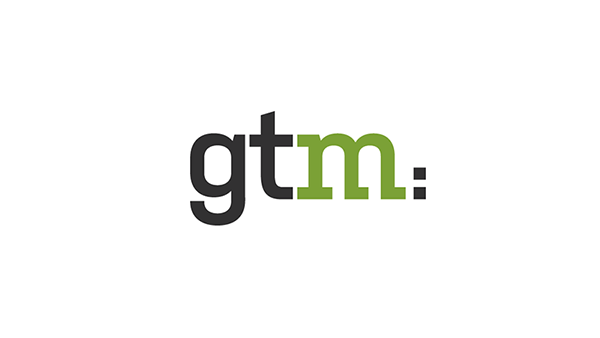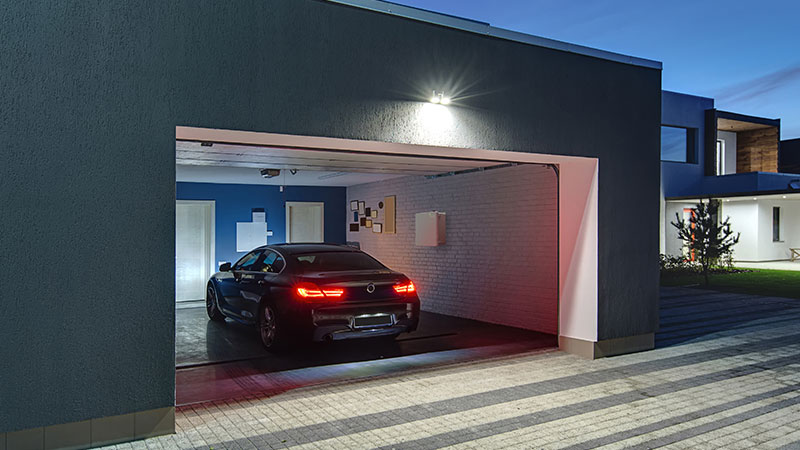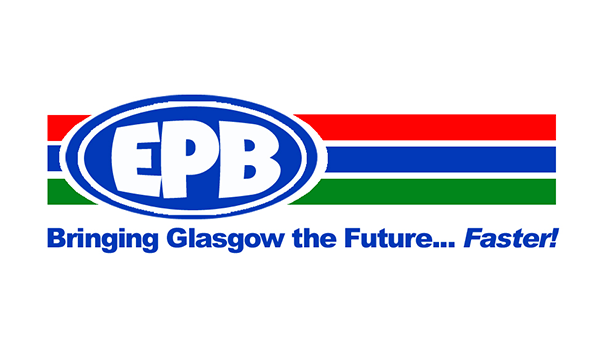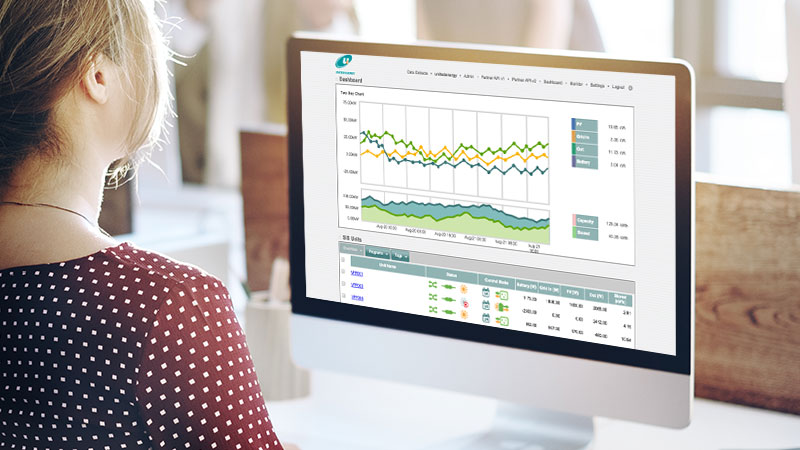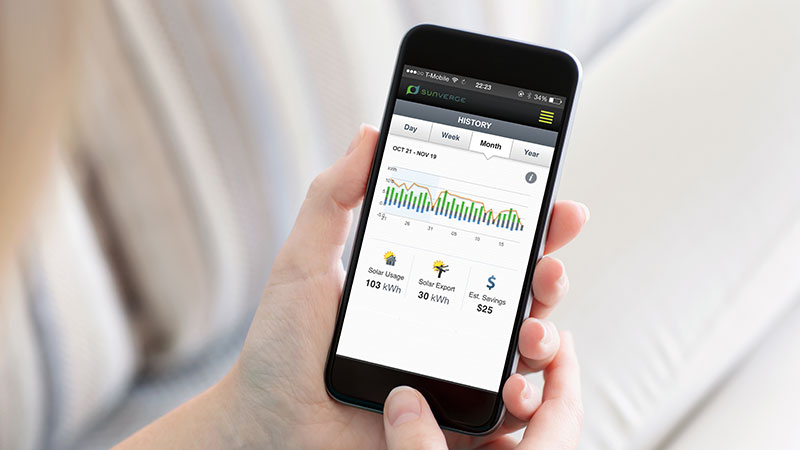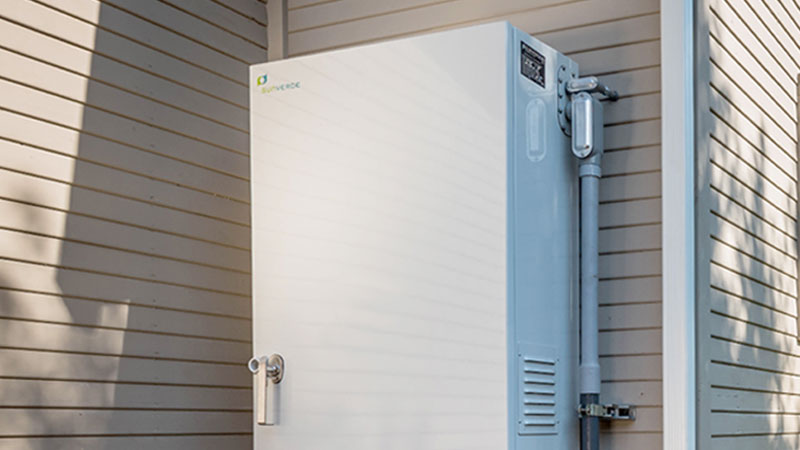Sunverge and Stem, two California-based behind-the-meter battery startups, have landed their first international projects in Japan, joining mutual investor Mitsui in a series of virtual power plant projects for massive utility Tokyo Electric Power Co.
The projects, announced Monday, are relatively small-scale, considering Tepco’s scale as Japan’s biggest utility. Stem’s Tepco project will involve three commercial-industrial building sites with about 750 kilowatt-hours of battery capacity, one of which, a recycling center in the Tokyo suburb of Yoshikawa, started operations two weeks ago, Stem CEO John Carrington said in a Tuesday interview.
Sunverge CEO Martin Milani declined to give details on the scale of its work with Tepco in a Monday interview. But he did say that several of the company’s “dozens” of 19.6 kilowatt-hour battery-inverter units have been deployed in C&I locations owned for about a year, based on work with Mitsui that started in early 2016.
Sunverge CEO Milani said the company is being asked to test three use cases. The first is fairly straightforward — dispatching or importing power from the batteries to prove they’re tightly controlled enough to maintain a target wattage reading at each site. (Milani will speak today on a panel at Greentech Media’s Energy Storage Summit 2017 conference in San Francisco.)
The second is to reduce demand charges, or extra costs imposed on buildings that exceed certain limits on how much power they can draw from the grid at any one point in time. That’s the core value proposition for most of the systems deployed by Stem, Green Charge Networks and other behind-the-meter battery players in the C&I space.
The third use case is where the virtual power plant controls come in, Milani said. Many of its deployments in Tokyo are owned by the same company, he noted, and that company wants to “maintain them as a logical node — a nanogrid if you will — so if the total aggregate is supposed to have a load of x, and a certain site cannot meet its goals, we can use available capacity from a sister site and level them off.”
In that way, “We can balance the load and reduce bills, even if one site is overcharging,” both from an electrical and a financial perspective, he said. “It’s basically treating an organization as a single organization, no matter how many sites it has. For Tepco, it could involve a specific contract with a specific tariff for a customer with multiple sites, that says, ‘Hey, if I want to ask you to reduce something, you can figure out which sites to reduce from, and as long as I get that capacity, I’m happy.’”
See full article here.
